The Cylob Cryptogram is a little-known, but fascinating crypto mystery. Here are a few new thoughts on it.
The crypto mystery I call “Cylob Cryptogram” was discovered by British rock musician Cylob (Chris Jeffs) in the 1990s. If you don’t know Cylob, here’s one of his songs. It’s not related to the cryptogram, but it gives you an impression of the music he makes:
In 2007, Cylob, who lives in Berlin, Germany, published the following lines on his blog:
In about 1995 or 1996, I was in a bookshop in central London, I’m sure it was the one that used to be called “Dillons Arts” but that later turned into a Waterstones. There was a pile of mysterious booklets next to the main display near the entrance, and a note next to them indicated that they were free. I asked one of the assistants what it was all about, and she said they didn’t know, simply that some mysterious person was leaving them. I wonder if the symbols mean anything, or if it was just an elaborate and pointless joke.
Thanks to blog reader Gert Brantner, I became aware of this booklet in 2015. Cylob himself provided me a complete set of page scans, and so I wrote two (German) blog posts about this mystery in 2015. I included it in my Top 50 Unsolved Cryptograms list and (as number 00056) in my encrypted books list.
The booklet
The booklet in question has 20 pages. Here they are:
As can be seen, the Cylob Cryptogram mainly consists of rectangular symbols. The booklet doesn’t contain any letters or numbers, not even page numbers. Although Cylob reported that there was a whole pile of specimens, I am not aware of another copy of it.
Over the years, many of my blog readers have commented on the Cylob cryptogram. Some noted that similar geometrical sequences are used in intelligence tests. Others suggested that this booklet was used for a challenge response copy protection mechanism in a 1980s computer program. Still others believe that it is a game accessory. And then, the Cylob cryptogram might simply be a piece of modern art without a real purpose.
An encrypted text?
Following the famous saying “if your only tool is a hammer then every problem looks like a nail”, my first guess was that the Cylob Cryptogram was an encrypted message. Thankfully, blog reader Torsten created the following transcription table and a frequency analysis (check here for a more detailed overview):
As Torsten found out, 24 different symbols appear in the Cylob cryptogram, which is consistent with a MASC-encrypted English text. However, some of the symbols are only enountered at the beginning of the booklet, while very similar ones (marked blue in the diagram above) appear only at the end. This suggests that some glyphs are used in two versions. If this is the case, there are not enough different symbols to encode a text.
A game accessory?
I recently discussed the Cylob Cryptogram with Elonka Dunin, the co-author of my book Codebreaking: A Practical Guide, which will be published later this year.
♦♦♦♦♦♦♦♦♦ Coming December 2020 ♦♦♦♦♦♦♦♦♦♦♦♦♦
An incredible, practical, up to date resource for codebreaking which has not existed up till now. I cannot wait to use this book.
Starr Long, former executive producer, Walt Disney Company
♦♦♦♦♦♦♦♦♦♦♦♦♦♦♦♦♦♦♦♦♦♦♦♦♦♦♦♦♦♦♦♦♦♦♦♦♦♦
As a board game enthusiast, Elonka was particularly interested in the game accessory hypothesis. Though she has never seen a game accessory that looked exactly like the Cylob Cryptogram, she could easily imagine that such a booklet was used in some kind of game. Apart from a board game, a computer game, a scavenger hunt, or an adventure game seem possible. Today, an escape room or a geocaching event would also be an option, but these kinds of activities were only invented after 1995. The fact that the Cylob Cryptogram is printed professionally suggests that there were many game participants and that there were professional organizers.
If the Cylob Cryptogram is a game accessory, the diagrams that can be seen on most pages might stand for levels or platforms.
The small rectangular symbols look similar as the bigger ones that make the main part of the booklet. Perhaps, the game players could use these to receive points or to be promoted to the next level.
While it sounds plausible to me that such a booklet was a game accessory, I still don’t understand why there are no letters or numbers in this cryptogram. Neither the name of the game nor the producer is mentioned, even page numbers are missing. Elonka thinks that this information was omitted intentionally to make the accessory look more mysterious.
If a reader knows a board game, computer game, adventure game, scavenger hunt or something similar that might have something to do with this cryptogram, please let me know.
Follow @KlausSchmeh
Further reading: A video of James Hampton’s sculpture and notebook
Linkedin: https://www.linkedin.com/groups/13501820
Facebook: https://www.facebook.com/groups/763282653806483/

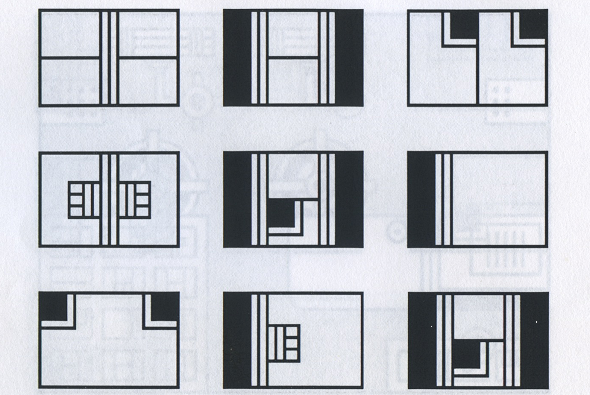
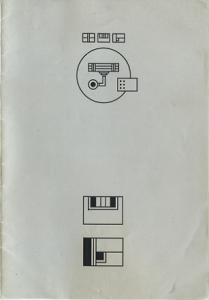
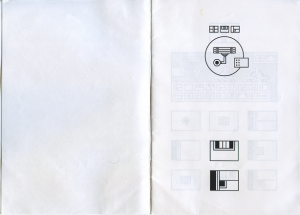
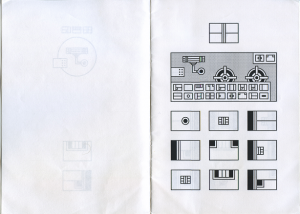
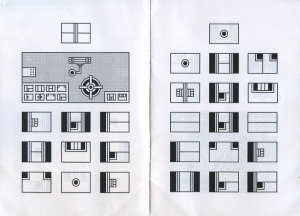
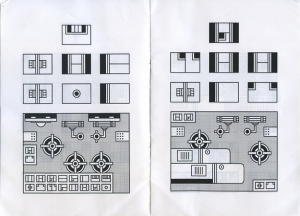
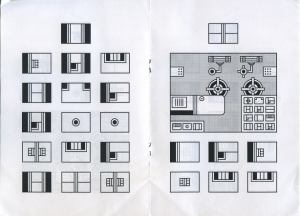
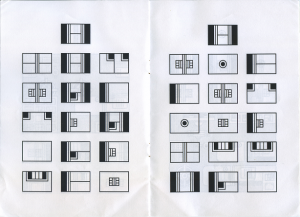
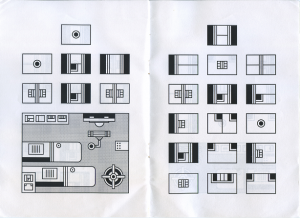
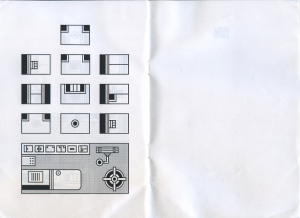
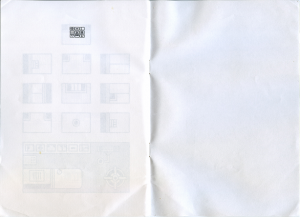
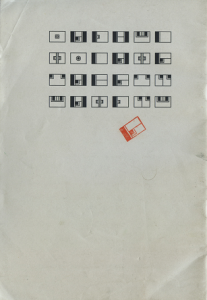
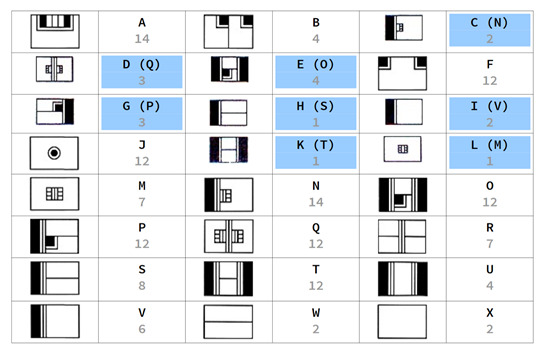
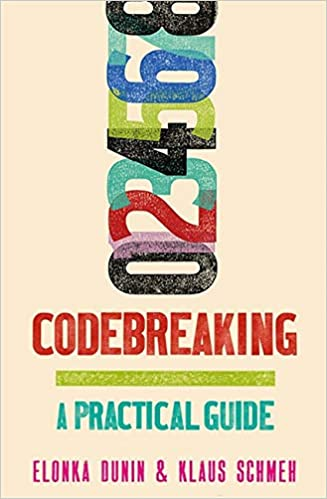

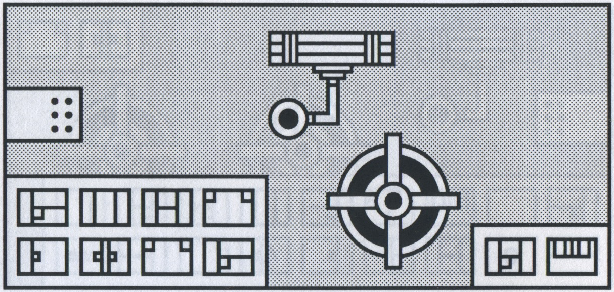

Kommentare (2)